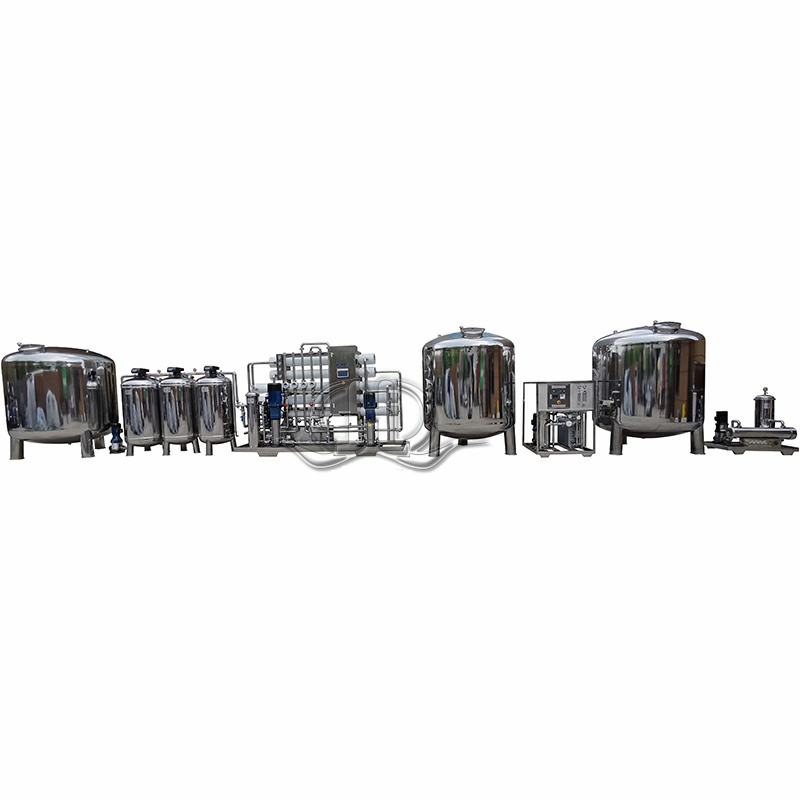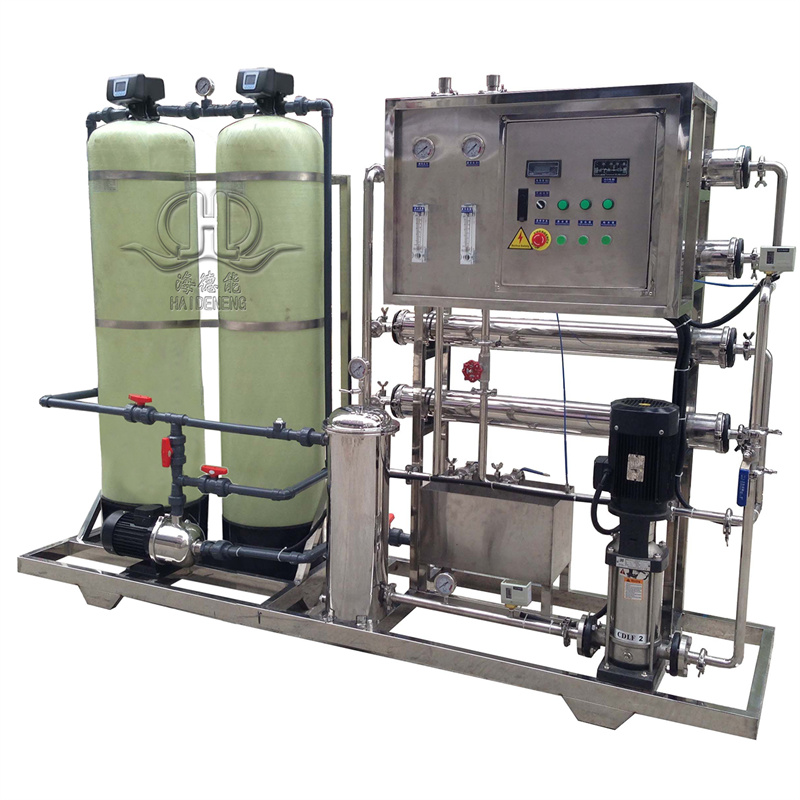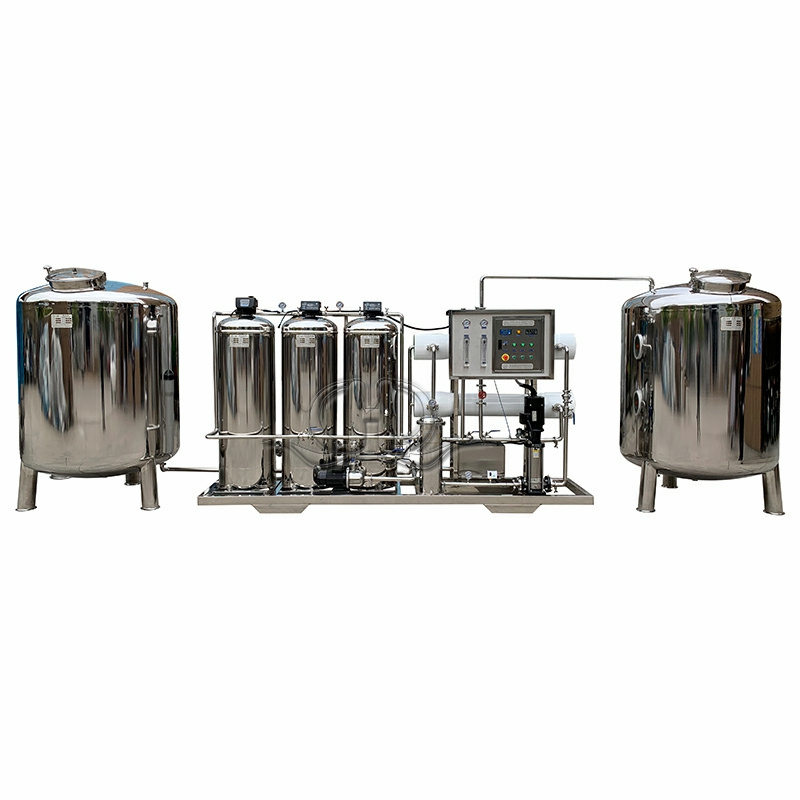Automatic Water Treatment Equipment Edi Ultrapure Water System
Ultrapure Water Application —Urea Area
The application of ultrapure water in automotive urea is mainly as a solvent for urea solution. The main purpose of automotive urea is as a reducing agent in exhaust gas treatment systems to reduce nitrogen oxide (NOx) emissions in exhaust gases. Urea solution is usually called urea in water solution (AUS32) and usually contains 32.5% urea and 67.5% water.
The role of ultrapure water in this solution is to ensure the solubility and stability of urea. Since urea solution needs to be injected into the exhaust gas treatment system and react with nitrogen oxides in the exhaust gas, the solubility and stability of urea are critical to the efficiency and performance of the system. Ultrapure water can ensure that urea is fully dissolved in the solution and maintained in a stable state, thereby ensuring that the exhaust gas treatment system can work properly and achieve the expected emission reduction effect.
In addition, ultrapure water can also help reduce the deposition and crystallization of urea solution in the system, which helps to keep the nozzles clean and smooth and prevent system blockage and failure. Therefore, the application of ultrapure water in automotive urea is of great significance to maintaining the efficiency and long-term stability of the exhaust gas treatment system.
In order to ensure the function and effectiveness of automotive urea, it is very important to meet the following standards and requirements:
1. No suspended particles and precipitates in appearance: Urea solution should be clear and transparent without suspended particles and precipitates. Any visible uneven substances may have adverse effects on the exhaust after-treatment system.
2. Urea content not less than 32.5%: The urea content for automotive use must not be less than 32.5% to ensure the effectiveness of the urea solution. Low urea content may lead to non-compliant vehicle exhaust emissions.
3. Do not use crystallized urea solution: Automotive urea should be in liquid form and should not appear crystallized. The presence of crystallization may indicate the existence of impurities or non-compliance with quality standards.
4. Do not use urea solution with added chemicals: Urea should react with NOx in the exhaust after-treatment device, so no other chemicals should be added to avoid affecting the reaction and causing non-compliant vehicle emissions.
5. Urea solution should be stored in a dry and cool place: The storage place for urea solution should be dry, cool, and protected from direct sunlight and high temperatures to prevent deterioration of the urea solution’s quality.
Adhering to these standards and requirements can ensure the quality and effectiveness of automotive urea, which helps protect the vehicle’s exhaust after-treatment system and control vehicle emissions.
Ultrapure water generally adheres to the following standards and requirements:
Conductivity: The conductivity is usually required to be less than 0.1 microsiemens/cm.
TOC (Total Organic Carbon): Very low TOC levels are required, typically in the parts per billion (ppb) range.
Ion removal: Efficient removal of ions such as dissolved oxides, silicates, sulfates, etc. is required.
Microbial Control: Microorganisms must be completely removed to maintain water purity.
These standards are usually implemented in reverse osmosis ultrapure water systems to ensure that the water quality meets the requirements of ultrapure water, which is suitable for areas such as laboratory research, pharmaceutical industry, and electronic manufacturing.












